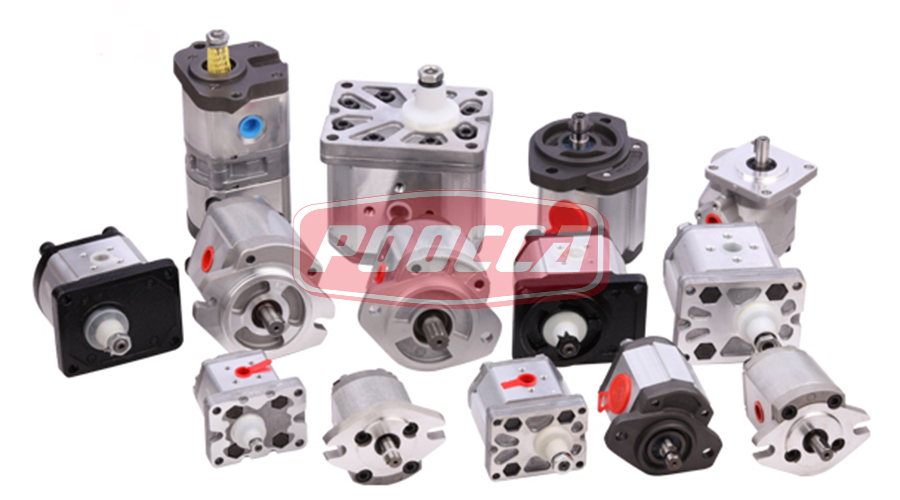In the realm of hydraulic systems, gear pumps have emerged as the unsung heroes, providing reliable and cost-effective solutions for various industries. These unassuming devices, based on a simple yet ingenious principle, have gained popularity for their efficiency, durability, and affordability. This article delves into the world of gear pumps, exploring their mechanics, applications, advantages, and the impact they have on the industrial landscape.
Section 1: Understanding the Gear Pump
A gear pump is a type of positive displacement pump that operates on the principle of meshing gears to displace fluid and generate flow. Typically, it consists of two interlocking gears within a housing. As the gears rotate, they trap the fluid between their teeth and the pump housing, pushing it from the inlet to the outlet. This continuous displacement of fluid enables the gear pump to provide a steady and consistent flow.
Section 2: Simplicity and Cost-Effectiveness
One of the key reasons why gear pumps are the least expensive choice lies in their simple design and construction. Unlike other types of pumps, such as vane or piston pumps, gear pumps have fewer moving parts and components, reducing manufacturing costs significantly. This simplicity also translates into ease of maintenance, resulting in lower maintenance expenses over the pump’s lifespan.
Section 3: Diverse Applications
Gear pumps find applications across various industries, making them versatile workhorses. In the automotive sector, they are commonly used in engine lubrication systems and automatic transmissions. In manufacturing and processing industries, gear pumps play a crucial role in transferring fluids, such as oils, chemicals, and solvents. Moreover, their ability to handle both thin and thick fluids makes them ideal for food processing, pharmaceuticals, and even in fuel transfer operations.
Section 4: Efficiency and Performance
Despite their low cost, gear pumps excel in delivering high efficiency and consistent performance. With minimal internal leakage and tight clearances between the gears and housing, they can achieve high volumetric efficiency. Additionally, gear pumps can handle high-pressure applications with ease, making them reliable power sources for many industrial processes.
Section 5: Advancements in Gear Pump Technology
Over the years, advancements in materials and manufacturing techniques have further improved the efficiency and durability of gear pumps. The incorporation of composite materials and precision machining has led to reduced wear and longer operational life. Moreover, modern gear pump designs have addressed noise and vibration issues, making them more operator-friendly and environment-friendly.
Section 6: Cost-Saving Strategies for Industries
The affordability of gear pumps has empowered industries to adopt cost-saving strategies without compromising performance. By integrating gear pumps into their systems, companies can reduce overall capital investment while maintaining optimal productivity. Additionally, the low maintenance requirements of gear pumps help in cutting operational expenses and downtime.
Section 7: Sustainability and Environmental Impact
In the era of sustainability, gear pumps have proven to be environmentally friendly alternatives. Their efficiency reduces energy consumption, leading to lower greenhouse gas emissions. Furthermore, as gear pumps require fewer replacement parts and consume fewer resources, they contribute to waste reduction and resource conservation.
Section 8: Challenges and Future Prospects
Though gear pumps boast numerous advantages, they do have limitations, such as sensitivity to fluid viscosity changes and potential cavitation issues. However, ongoing research and development aim to address these challenges and enhance gear pump technology even further.
Conclusion:
The humble gear pump may not receive the same limelight as more complex hydraulic systems, but its cost-effectiveness, efficiency, and versatility have earned it a prominent place in industries worldwide. As advancements continue and sustainability becomes a priority, gear pumps are poised to play an even more crucial role in powering the engines of modern industrial applications. From automotive manufacturing to food processing, gear pumps are the unsung heroes that keep the wheels of industry turning, reliably and economically.
Post time: Aug-01-2023





